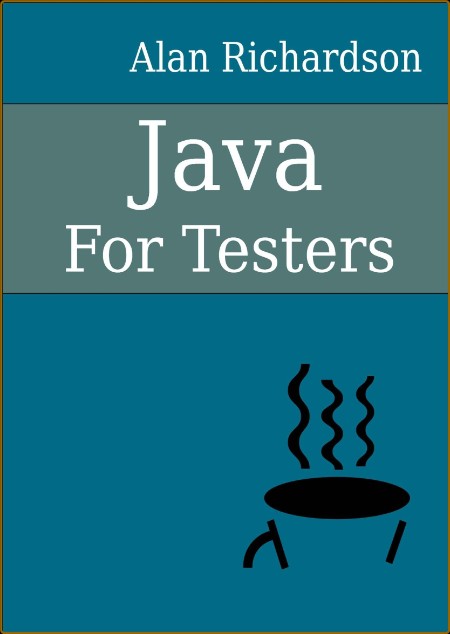
pdf | 1.68 MB | English | Isbn: B00U618KNC | Author: Alan Richardson | Year: 2015
Description:
This book is for people who want to learn Java. Particularly people on a team that want to learn Java, but who aren't going to be coding the main Java application i.e. Testers, Managers, Business Analysts, Front End Developers, Designers, etc.
If you already know Java then this book may not be for you.
This book is aimed at beginners. Designed to help the reader get started fast, the book is easy to follow, and has examples related to testing.
The book covers 'just enough' to get people writing tests and abstraction layers. For example, the book cover the basics of Inheritance, but doesn't really cover Interfaces in detail. We explain the concept of Interfaces, because we need to know it to understand Collections, but not how to write them.
Why? Because the book covers enough to get you started, and working. But not overload the reader. Once you are on your way, and have gained some experience. You should have the basic knowledge to understand the additional concepts.
Why 'for testers'?
Java Developers coding production applications in Java need to learn Java differently from other people on the team.
Throughout the author's career, he has have written thousands of lines of Java code, but has rarely had to compile the code into an application. Yet, when we learn Java from most books, one of the first things we learn is 'javac' and the 'main' method and working from the command line. And this is confusing.
Most of the code the author writes is wrapped up in a JUnit @Test method.
The author has trained many people to write automation in Java, and everytime he has taught Java to testers or other people on the team, we start with a JUnit @Test method and run tests from the IDE.
Testers, and other people on the team use java differently. This book provides a different order and approach to learning Java.
Category:Beginner's Guides to Java Programming, Java Computer Programming, Software Testing


